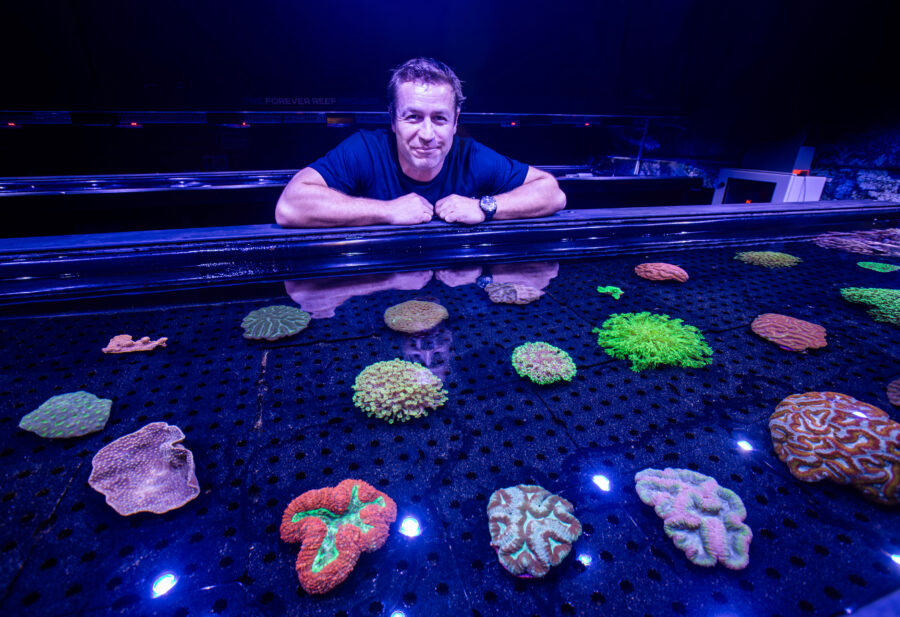Australian Geographic Awards for Nature

The Australian Geographic Awards for Nature is the Society’s flagship conservation funding program. These competitive grants are run annually and each of the grants, known as awards, are worth either $20,000, $30,000 or $50,000 each.
These awards are now accepting Expressions of Interest.
The Australian Geographic Society supports conservation leaders working across Australia. We offer tiered, continuing, financial and practical assistance to courageous changemakers spearheading scientifically informed local solutions to the biodiversity, pollution and climate crises.
In 2025 a funding pool of $150,000 will be shared among five winning projects.
These awards opened for Expressions of Interest on 6 January 2025 and close on 21 February 2025.
To check if your organisation or project is eligible to apply, please visit Australian Geographic Awards for Nature 2025 | Australian Geographic Society


